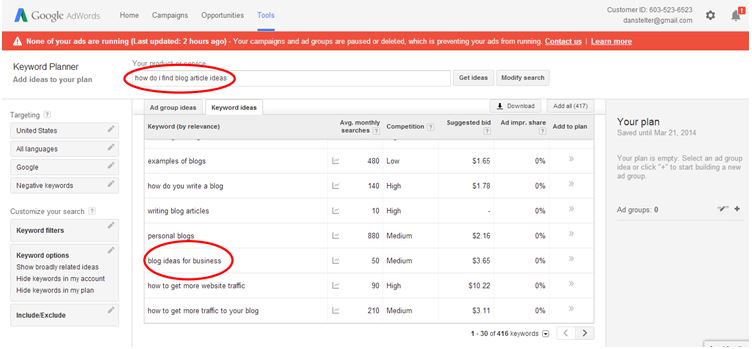Many marketers are quick to tout the power of social media. Twitter, Facebook and Instagram provide quick and easy avenues for engaging our customers. When it comes to building a brand, there are few better outlets than social media. Facebook has roughly 1.7 billion users, according to Statista, and it’s hard to compete with that kind of reach.
While Snapchatting and tweeting may seem like best way to attract new clientele, one area where social media lags is measurable returns in the form of sales. Social media helps indirectly: It starts and drives conversions to get people in your industry thinking about your niche.
Email marketing, however, is often where you turn those visitors into customers. If social media gets your customers in the door, email marketing is responsible for making them loyalists.
On this Halloween, let’s investigate the claims of email marketing’s supposed death.
The Case for Email
Social media is undoubtedly a marketing revolution, but there’s a reason we keep turning to email: According to research from Campaign Monitor, every $1 spent on email marketing yields $8 in return.
And while we may twist our hands trying to compose the perfect viral status update, the same research shows email does more than simply edge out the competition when it comes to acquiring new customers. It squashes it. Email is actually 40 times more effective at gaining paying customers than social media.
Why, then, do we spend the bulk of our efforts perfecting our social media campaigns? It may be the result of several misunderstandings we have about modern email marketing.
Email Marketing Myths and Truths
Marketers sometimes shy away from email because it suffers from two common misconceptions:
- They think email marketing is spam.
- They think it’s too “old school.”
Yet, statistics say otherwise. Consider the following:
Everyone Uses Email
Millennials are often a group we try to engage due to their massive buying power. They’re also the group most likely to check their emails in bed (70 percent), in the bathroom (57 percent), and in the car (27 percent), according to Adobe. Some other compelling facts about email:
- Gmail alone has more than 1 billion users, with more than 90 million users who access their account(s) from a mobile device.
- Ninety-one percent of all consumers report checking their email daily.
- Worldwide, there are 4.3 billion email accounts sending 196 billion emails each day.
Email Drives Lead Conversions
Statistically, email is more likely to create paying and repeat customers. Email marketing was responsible for the most Black Friday transactions in 2015. Nearly a quarter of those sales originated from the marketing channel, according to Custora (source since removed).
These Black Friday sales facts are especially important when we consider:
- Nearly 90 percent of marketers say email is responsible for most of their lead generation.
- Email marketing ROI can be as high as 4,300 percent.
- More than three-fourths of consumers say they prefer marketing-related communication to be over email.
Clearly, email is still relevant. Making it work for you is simply a matter of sending the right email, to the right person, at the right time.
Crafting the Perfect Email
Your email marketing campaign can be streamlined into four steps:
- Find your audience
- Segment your contacts
- Pick the right time to click “send”
- Turn that lead into a customer
It sounds simple enough, but it will require some legwork on your part.
Find Your Audience
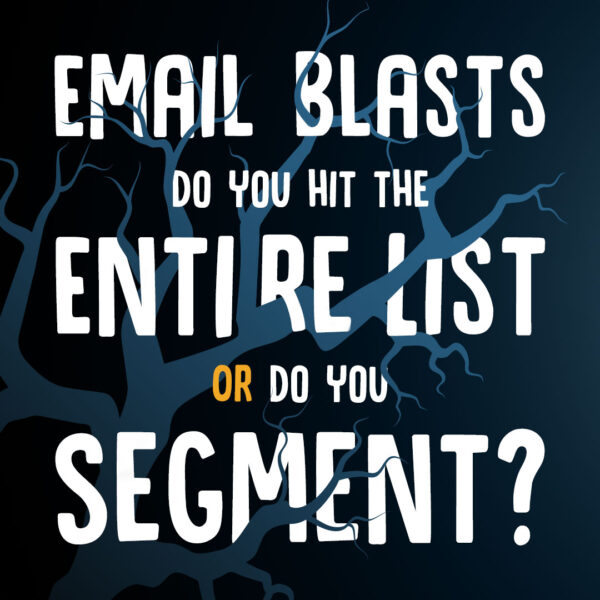
Creating great content might organically draw people to your brand, but is it attracting the people you want to be your customers?
Understanding your target audience requires some introspection. Ask yourself questions such as:
- What problems do we solve?
- Who are our current customers? What are they like?
- Who is our competition?
- What do we do that our competitors don’t?
Answering these questions helps determine who is going to read your content, as well as why they should choose your product or service over that of your competitors.
Segment Your Contacts
Why is segmenting so important? Research from HubSpot suggests targeted emails received 62 percent more clicks than non-segmented ones.
If you’re in the B2B community, you should segment by:
- Company size
- Type of company
- Industry
Alternatively, you can choose to segment by role: function, seniority, department.
If you’re selling directly to the consumer, use that marketing intelligence. Social media data and SEO search terms will help you segment your contact list. Remember, your email list naturally decays by about 25 percent each year, according to HubSpot, so continually pursue campaigns to keep it fresh and to add subscribers.
Pick the Right Time to Click ‘Send’
Timing is everything, and email marketing is no exception. Sending the right content at the right time is a matter of finding the opportune spot in your targeted buyer’s journey. Here are some examples:
- In the awareness stage, you’re nurturing leads. Let potential customers see the value in your product or services with free tools, eBooks, videos or SlideShares.
- If a potential customer is already familiar with your brand, you need to let them know what makes you better than the competition. Add links in your emails to white papers, webinars, case studies, or reviews from third parties.
- Why should a customer choose you, for the first time or once again? Offer free trial information, demos, price quotes or ROI reports.
Turn that Lead into a Customer
Lead nurturing is simple: It’s the process by which you cultivate a relationship with a potential customer so they’ll choose you when they’re ready. According to data from HubSpot, nearly three-fourths of B2B leads aren’t sales ready. Most of your prospects require nurturing, so create emails that add value.
The Importance of Mobile
If your email marketing campaign isn’t optimized for mobile, you’re far behind the curve. A 2015 survey by BlueHornet (source since removed) found emails that aren’t optimized for mobile will fail: More than 80 percent of recipients hit delete, and another 30 percent unsubscribe.
On the other hand, 63 percent of consumers report more interest in buying a product when it looks good on their mobile device.
Since 2011, the number of email opens on mobile devices has increased by 30 percent. In fact, nearly 60 percent of adults report checking their email first thing in the morning – in bed, or over a cup of coffee.
We no longer live in a world where we sit down at our desktop to read through emails. Everything we do is on the run, so emails must be optimized for mobile and easy to digest.
Video and Images Improve Click Rates
Consumers are more likely to interact with emails that contain images and video. According to Emma Email Marketing, adding a video can increase your click rate by 300 percent. While 35 percent of users report they prefer text in their emails, the majority (65 percent) state they prefer emails to contain mostly images. Therefore, make your emails all the more attractive by including one or both of these elements.
Personalization Is the Watchword
Want to get a prospect to open your email? The key is personalization. Consumers expect to be referred to by their first names: It shows a brand knows exactly who they are. It also helps if you send an email from a real person, not a general company name.
Research shows that personalization can help improve click rates by 26 percent. Consumers also expect to receive personalized content. It’s what makes segmentation so important.
Campaign Monitor reports that almost 75 percent of consumers feel frustrated when they receive content that doesn’t appear to be relevant to their interests. This is why three-fourths of all enterprises invested in personalized messaging in 2015. Also, personalization can reportedly lead to a 760 percent increase in ROI.
Email Isn’t Dead
Email is, and should continue to be, an essential part of your inbound marketing strategy. The right personalized email turns prospects into leads, and leads into customers.
Successful email campaigns address the right audience at the right time in their buying journey. Optimizing for mobile, as we’ve seen, can also make the difference between a sale and a deletion.
Don’t underestimate the power of email in your marketing campaign. While social media is important for creating brand awareness, emails net paying customers.
Not sure where to begin? Eminent SEO can help you with your email marketing strategy and content. Click to learn more about our Email Marketing Services.
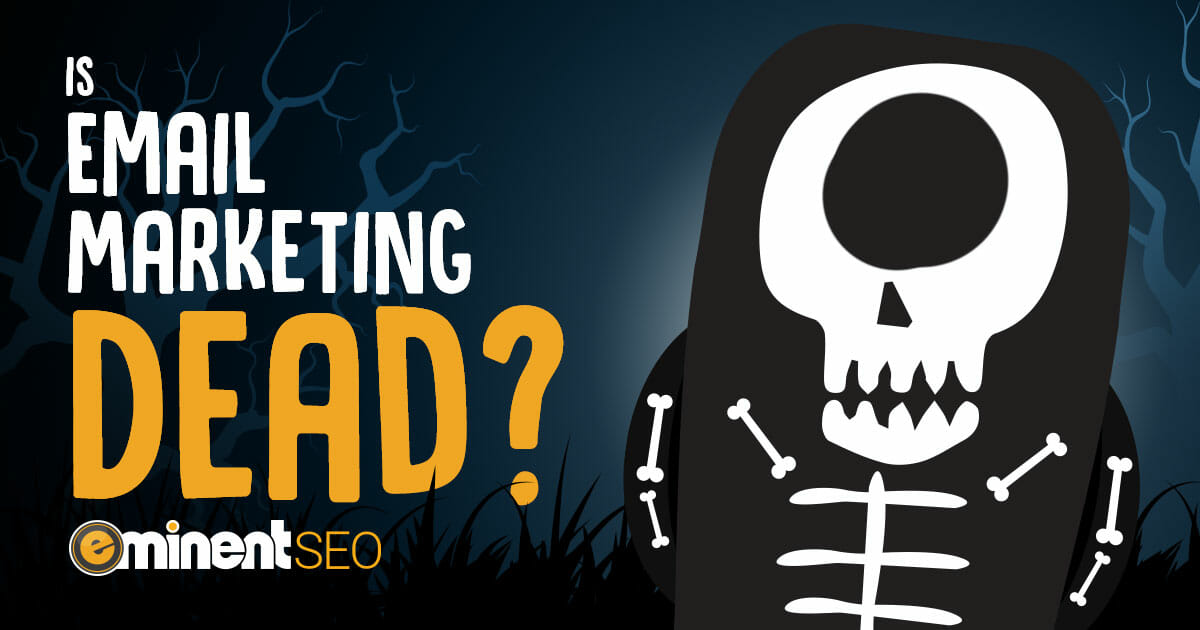



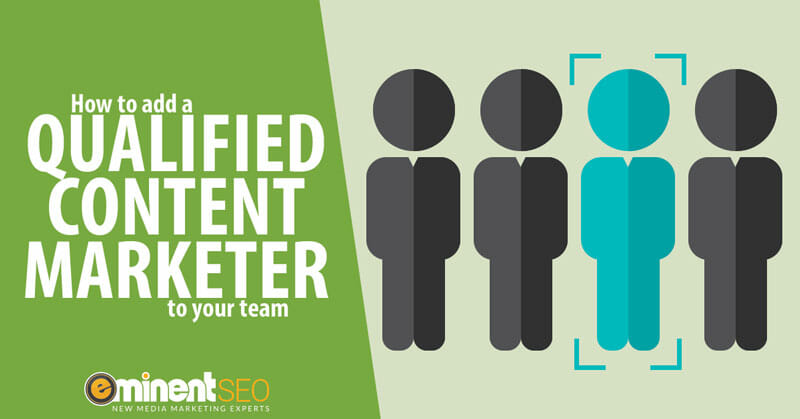
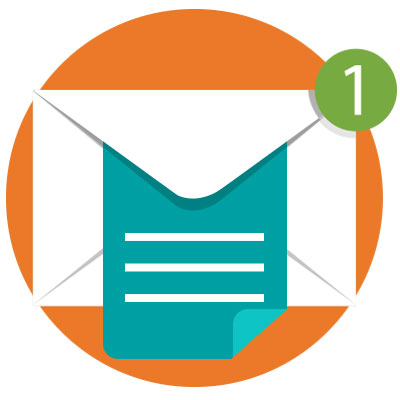 Content marketing online is generally cheaper to produce than past print- and TV-based material, and the barriers to entry are lower than they used to be. However, this content has to be released at a much faster rate than before. Online content marketing material almost always involves some amount of writing, but it goes well beyond just the company’s blog.
Content marketing online is generally cheaper to produce than past print- and TV-based material, and the barriers to entry are lower than they used to be. However, this content has to be released at a much faster rate than before. Online content marketing material almost always involves some amount of writing, but it goes well beyond just the company’s blog. Get the ball rolling by writing a strong job ad. This posting needs to catch a content marketer’s eye, and it needs to be clear and specific to the open position.
Get the ball rolling by writing a strong job ad. This posting needs to catch a content marketer’s eye, and it needs to be clear and specific to the open position.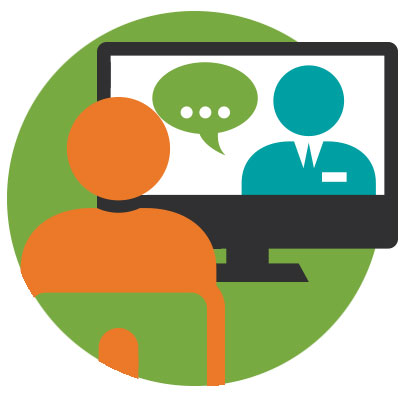 No, you don’t need to wait until this far into the process to conduct the first interview. You can actually do it right before the revision deadline if you want, as it will be clear when the two-hour deadline starts – when the interview concludes or as soon as they get home. Otherwise, you can just schedule the interview sometime after the applicant submits his or her revised written assignment.
No, you don’t need to wait until this far into the process to conduct the first interview. You can actually do it right before the revision deadline if you want, as it will be clear when the two-hour deadline starts – when the interview concludes or as soon as they get home. Otherwise, you can just schedule the interview sometime after the applicant submits his or her revised written assignment. It can be hard to gauge each candidate’s competence in those areas based on their writing samples, the writing exercise and an interview, but you should be able to come pretty close. Some of these skills can be acquired along the way if you find an applicant who is flexible and astute enough. Once you’ve aligned all of the variables and decided on the right person, try to make your offer within a couple of days.
It can be hard to gauge each candidate’s competence in those areas based on their writing samples, the writing exercise and an interview, but you should be able to come pretty close. Some of these skills can be acquired along the way if you find an applicant who is flexible and astute enough. Once you’ve aligned all of the variables and decided on the right person, try to make your offer within a couple of days.





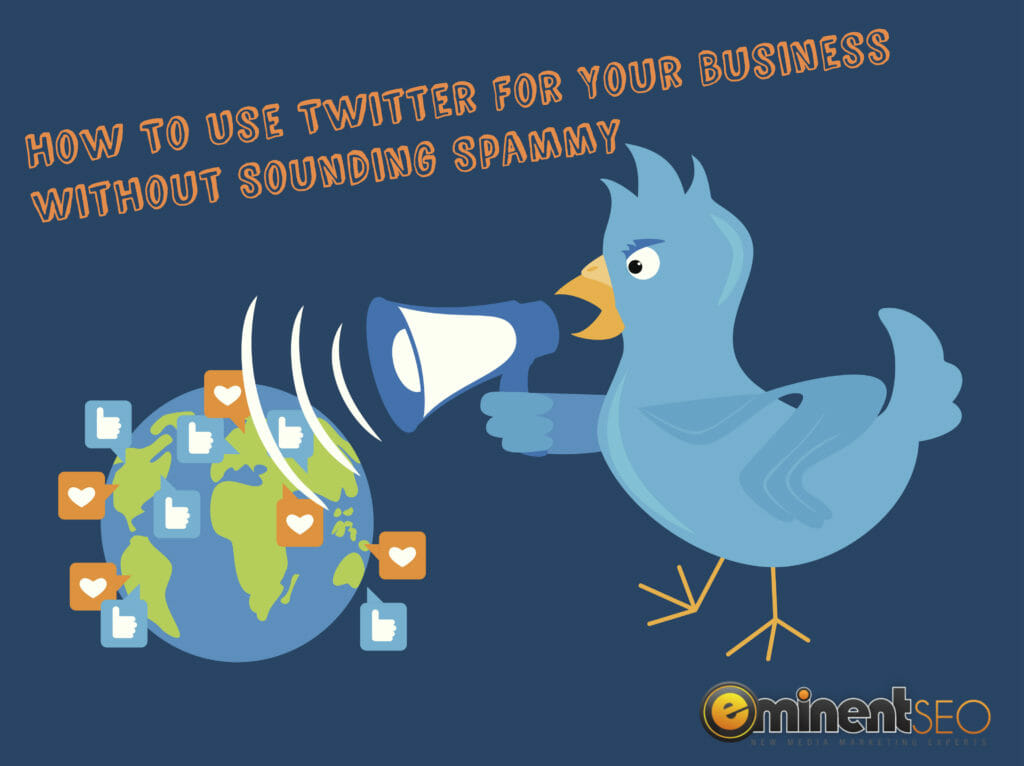 You’ve wanted to use Twitter for your company, or maybe you’ve already established an account, but if you’re a small- or medium-sized business, you’re probably having trouble gaining interaction or any ROI on the social media platform.
You’ve wanted to use Twitter for your company, or maybe you’ve already established an account, but if you’re a small- or medium-sized business, you’re probably having trouble gaining interaction or any ROI on the social media platform. When we create a custom website strategy for new clients we still sometimes get push back on whether or not the businesses website needs to have a blog. Often times it’s the item on the strategy that people end up cutting out or think they can “take in house”.
When we create a custom website strategy for new clients we still sometimes get push back on whether or not the businesses website needs to have a blog. Often times it’s the item on the strategy that people end up cutting out or think they can “take in house”. But, those who blog regularly know there’s millions of blog ideas floating around at any given time. Once you know where to look for ideas, and what types of ideas work on blogs, it’s quite easy to find a limitless number of topics to blog about. However, do remember the golden rule of blogging: keep your blogs posts 80% focused on providing valuable information to your audience, and 20% about your company.
But, those who blog regularly know there’s millions of blog ideas floating around at any given time. Once you know where to look for ideas, and what types of ideas work on blogs, it’s quite easy to find a limitless number of topics to blog about. However, do remember the golden rule of blogging: keep your blogs posts 80% focused on providing valuable information to your audience, and 20% about your company.